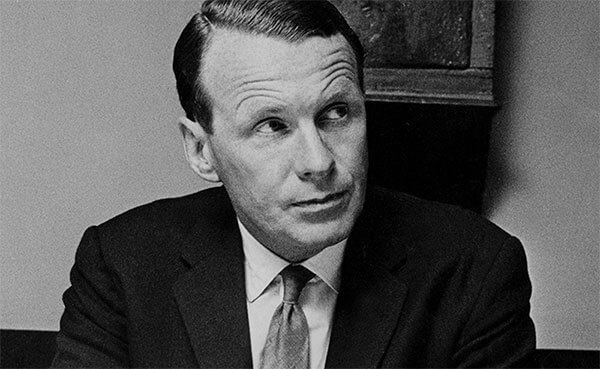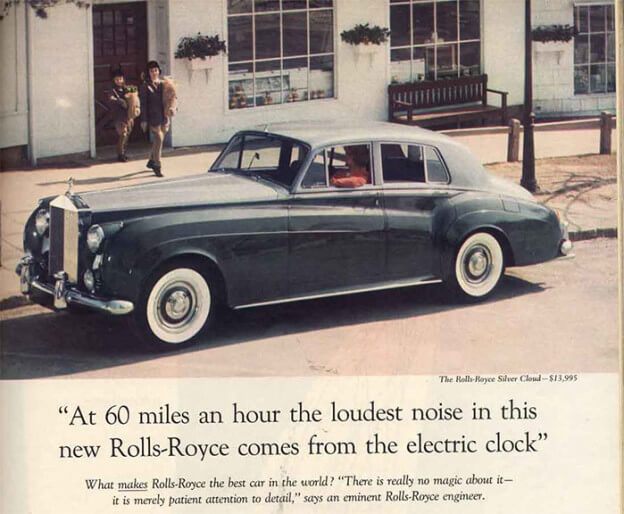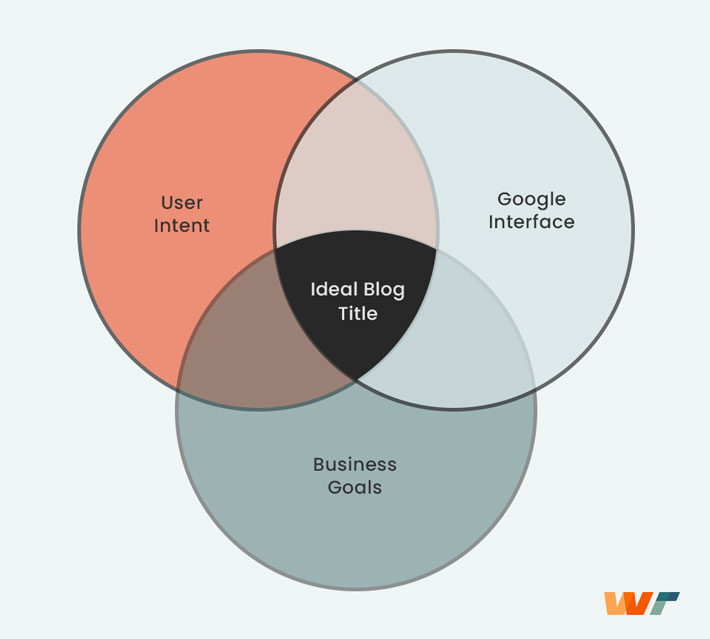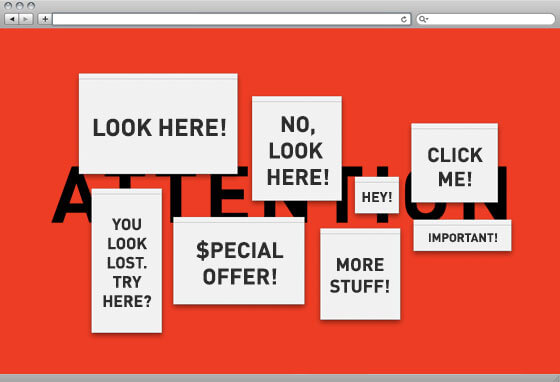Do you remember the blog post titles, that we feel so enticed to click?
It’s the feeling of “Ugh! I just want to click.”
Throughout the years, many people have studied the phenomenon of writing a clicky headline.
This blog post would be my best attempt to defragment the psychological reason behind what makes us want to click a few headlines so much.
And also learn step by step process of crafting your headlines, which compels readers to want to click on your blog post.
But before we discuss everything, let’s see what makes a blog title so important.
- Importance of a Blog Post Title
- The Psychology Behind Blog Post Title
- What Makes a Clicky Blog Post Title?
- 5 Elements That Draw the Most Attention in Blog Titles
- A Few Quick Tips for a Winning Blog Headline
- Writing Phenomenal Blog Titles (4-Step Process)
- 4 Critical Blog Title Mistakes to Avoid
- Conclusion
Importance of a Blog Post Title
Everyone says, don’t judge a book by its cover.
Why?
Because we are driven to judge a book’s content quality solely from its cover.
We have evolved with this phenomenon to prevent us from taking all the information present around us.
And we give our complete focus to the information that we consider will provide us the most value for our time.
In a similar way, we tend to judge a complete blog based on its Blog Post Title.
In fact, making headlines/titles that work, is a really important step in other media sources like Magazines, News, Advertisements, YouTube, etc.
Now, let’s see what a few of the industry leaders have to say about the importance of headlines.
David Ogilvy

Also known as the “Father of Advertising”, said about headlines,
“When you have written your headline, you have spent eighty cents out of your dollar.”
And he meant every word of this quote.
He said, “I look at every advertisement which has appeared for competing products during the past 20 years.”
Mr. Ogilvy analyzed all the headlines of ads that he researched and came up with the best headline for his product ad.
He put the majority of his efforts into the big idea of the advertisement and its headline.
As an example here is one of the sensational ads that he made for Rolls Royce:

Ogilvy spends 3 weeks doing extensive research about the car.
MrBeast

YouTube is also one of the media platforms on which success heavily relies on amazing headlines.
And Jimmy (founder of MrBeast) is the biggest and fastest-growing YouTube creator. Here is what he has to say:
“You can spend 100 days uploading videos and get 10k views per video or you can just sit down and come up with a good video idea and just get a million views per video”
He is known to brainstorm really creative ideas on the topic and spend a lot of time on them.
Moral: Don’t underestimate headlines
Ok, so now we know the importance of headlines, let’s understand a few basics regarding them.
The Psychology Behind Blog Post Title
A blog post title basically incorporates three parts to it:
- User Intent
- Google Interface
- Business Goals
All of these three work together.

Let’s understand them one by one.
User Intent
When the user searches online for any query, then he has some specific type of info he wants to look at.
For example:
If the user searches for “best accounting software”
Then you can’t list “the cheapest accounting software” and expect your blog to show up.
Why?
Because no user is interested in the topic you wrote(for the given search term).
The best way to know the search intent of the topic is by noticing the type of blogs on that search term.
Google Interface
As users will find our blog on Google, hence we have to stay within a few rules used to design the Google search interface.
Rules like including keywords in the blog title, keeping the character limit under 60 words, etc.
We will discuss all the important points in detail later in the blog.
Business Goals
Writing a blog post is an activity that costs a considerable amount of resources.
Hence the blog headline must adhere to the business goals that we have for our business and must have something that makes it unique to our company only.
For example, we at “The Website Times” have a goal to provide the best resources to help you with website and conversion optimization.
Hence we provide complete-depth guides and avoid sharing blogs with just a few quick tips.
In a Nutshell: Our blog title must be aligned to
- User Intent – without it, our posts will be irrelevant
- Google Interface – as google is the media platform for the blog
- Business Goals – for long-term business success
What Makes a Clicky Blog Post Title?
Here are only two things that entice people to click:
1. Grab Their Attention
Your blog post title must be crafted to capture the attention of the reader.
Everybody is fighting for the user’s attention, so you have to stand out from the crowd.

2. Get a Click
After you get th reader’s attention, then you have a timeframe of a few seconds to convince the user that your blog is worth viewing.
Click = Blog Title + Meta Description
To get a click, your meta description also plays a really important role. So make sure to keep it on point.
If the reader thinks your article is the most relevant according to his intent, (based on the title & meta description) then you will get the click.
If he thinks that his time will be wasted viewing your blog, then he won’t consider clicking.
Now, we have discussed basic concepts regarding the working of a blog title, next let’s discuss how to grab attention to our blog title.
5 Elements That Draw the Most Attention in Blog Titles
Grabbing attention in the blog title is an art.
Make sure to incorporate as many of these elements:
1. Numbers
Numbers are primed to catch readers’ attention. You can incorporate it 1 or 2 times into your sentence.
They are proven to grab attention and are incorporated in most successful headlines.
And just to be clear I am talking about numerals, like 10(not ten).
As you can see, using numbers in headlines isn’t a coincidence, it’s a strategy.
2. Bracket
Another important element in a headline is using brackets for added clarification.
Sharing additional information and using brackets, grabs viewers’ attention to the headline.
Here are a few examples of brackets in use:
- How to Start an Instagram Account (and Grow to 10k) in 2022
- 5 Ways to Make Money on Twitter [2022 Updated]
- How to Start a Business in 2022 (Ultimate Guide)
- What is Freelancing (and How to Get Started)
3. Power words
These are the words that add emotions to your blog headline.
Power words are the part of the headline responsible for making it persuasive.
- Normal Title – 25 Resources for Websites You Should Know
- Powerful Title – 25 Unreal Resources for Websites You Need to Know About
Examples of blog titles with power words:
- How to Write a Cold Email that Actually Works: 6-Step Tutorial
- Examples of E-commerce SEO Done Right (and Mistakes To Avoid)
- 4 Everyday Brainpower-Demolishing Habits That You Think Are Normal
4. Keyword
Placing keywords within the blog title is very important for SEO. But there is one more important reason to do so.
Users need to be confident about the blog they are going to click at.
Hence seeing the keyword in the blog post title, helps them make the right decision.
5. Curiosity
What’s one thing common in the below headlines?
It’s curiosity.
Curiosity is the trick that’s really tough to escape from. A good headline forces readers to think about what happens next.
To craft such a headline, you need to know the curiosity gap.
The curiosity gap means what your readers know and what they want to know.
Like this example, I (the reader) know about Britain’s economic crisis (what I know).
But I don’t know if Britain’s new Prime Minister, Rishi Sunak can control such a situation (what I want to know).
So this journalist analyzed the opportunity and made a blog on it.
A Few Quick Tips for a Winning Blog Headline
Here are a few tips and tricks which are very useful for writing a fantastic headline. Let’s view them one by one:
a. Blog title length
The optimal title length for a blog post is 60 words.
After these many characters, our title starts cutting off from google search.
A really helpful tool to see what your title would look like in the final Google search results is Snippet Optimization Tool.
Note: This tool isn’t 100% accurate, but it definitely gives a rough estimate.
b. Freshness (Current Year)
Adding the current year to your headline adds a sense of freshness and conveys to the user that the content was recently updated.
Now let’s proceed to the final process to write such headlines.
Writing Phenomenal Blog Titles (4-Step Process)
1. Finding the Big Idea
Everything starts with an idea for your blog post.
Spending adequate time gathering ideas for the blog is really crucial.
MrBeast, the biggest YouTube creator, says that “Brainstorm an hour a day minimum”
The right blog idea is what matters much more than a blog title or a complete well-written blog post.
MrBeast’s idea well coincides with David Ogilvy’s experience about the headline, that it’s the most important part of the whole project and we should devote our most effort to writing it.
And by the big idea, I refer to a blog concept that barely anyone has made, or you made it in such a way that’s truly exceptional.
We should not contribute to information pollution.
There is already a lot of average & low-quality content out there and we don’t want to contribute to making more of it.
Average content isn’t something that you want your brand to be related to.
There aren’t many blogs that care much about their audience. If you create amazing content, then in long run you will shine through and will be recognized as the thought leader.
2. Extensive Competitive Research
Now we have to find all the blog titles of our competitors that coincide with our big idea.
Like if your big idea is related to the “camping guide”, then you have to make a list of all the titles that have written a blog related to it.
This way you will have an exact idea of what your competitors have come up with and it will help you to make a blog title that’s much better than any of them.
As mentioned earlier, Ogilvy researched over 20 years of advertising on the product.
Just think for a second, that’s insane!
No doubt he is the father of advertising.
So, the more research you do, the better idea you will have of the topic, and you will be prepared accordingly.
3. Write the Headline
Now comes the main step to writing our blog headline.
Here are the three prerequisites to do so:
a. Headline Template File
Making your template file for blog titles is really helpful. It saves us tons of time in our process of writing blog titles.
You can collect all the interesting titles that you found really enticing.
b. Research Notes
As shared in the second blog title step, your research notes are a really important part of the process.
They help us get the best idea of what type of competition we are about to enter and help us perform the best version of our title.
c. Blog Keyword
Re-emphasizing this point is important as we need to be completely sure about which keyword our blog post will be targeting.
One blog post must only be focused on a single main keyword.
We should not drift around having multiple keywords for a single blog post. Like, for the current blog that you are reading, the keyword is “blog post title”.
After having all three of these, next you need to start brainstorming ideas, and different combinations for your blog.
Write each and every point that comes to your mind, when you have written each and every thought that came to your mind, then take a rest, do some other activity and brainstorm again.
Writing 10-20 final blog titles would be a nice goal. The more ideas you write the better.
Now you can choose one of these headlines for your blog and publish it.
4. Heavy testing
No one knows how our headline would perform on the final Google Search Page.
That’s the reason we should keep testing and tweaking it to find which headline performs the best.
Here’s where all our efforts for writing multiple headlines will be of great help.
4 Critical Blog Title Mistakes to Avoid
Trying to get the most out of your efforts can sometimes lead to a few things that should be strictly avoided in crafting a blog headline.
1. Clickbait/Misleading
Clickbait is something when we promise something in the blog title, but don’t deliver in your blog content.
Doing so will lead to user dissatisfaction and more than that, your reputation as a company will tarnish.
Remember, business happens only if there is trust between two sides.
No Trust = No Business
2. Catchy but Generic
Making your title unique from the crowd of search engine results is really important.
In simple words, try to make it ‘pop’.
You can write a really catchy title but if it looks like everyone else’s title and it’s not popping up uniquely, then you might not get much attention despite all the efforts.
Hence make sure to incorporate in-depth research of your competitors in search results.
3. Using ALL CAPS
Writing all caps might sound enticing because our content might stand out from the crowd without any extra effort.
But there are two issues with it.
First, using all caps signifies that the author is shouting words at you. If your headline is something related to shouting, then use it for sure.
But normally, we don’t want to shout at our readers.
Second, all caps make it harder for us to read or skim the content.
You get the reader’s attention once and if you try to make it hard for them to read, then you have missed the chance to get that click.
Overall: Writing in all caps is a bad user experience and we should avoid it in blog titles.
4. Not Focusing on One Niche
Picking any random niche to blog about won’t be a helpful strategy for the long term.
You have to plan it very strategically.
Industries’ well-known blogs like ProBlogger, have picked a niche of only talking about blogging.
You have to associate yourself with a highly reliable source for a particular niche.
If you do so, then click-through rates of your blog will go up over time, as people will recognize your company as an expert in a particular topic.
Conclusion
We learned that we should never underestimate writing a blog post. David Ogilvy and MrBeast taught us this lesson really well.
Our main goal in writing a blog title is to grab the attention of readers in the SERP and get that click.
To do so, take help from a few elements such as numbers, brackets, power words, keywords, and curiosity in your title.
Follow the four-step process to write the best version of your final blog title by avoiding mistakes such as clickbait, using all caps, etc.
With this blog post, I tried breaking down the complete science of writing a blog post title.
Hope you found it helpful. Thanks for reading.

